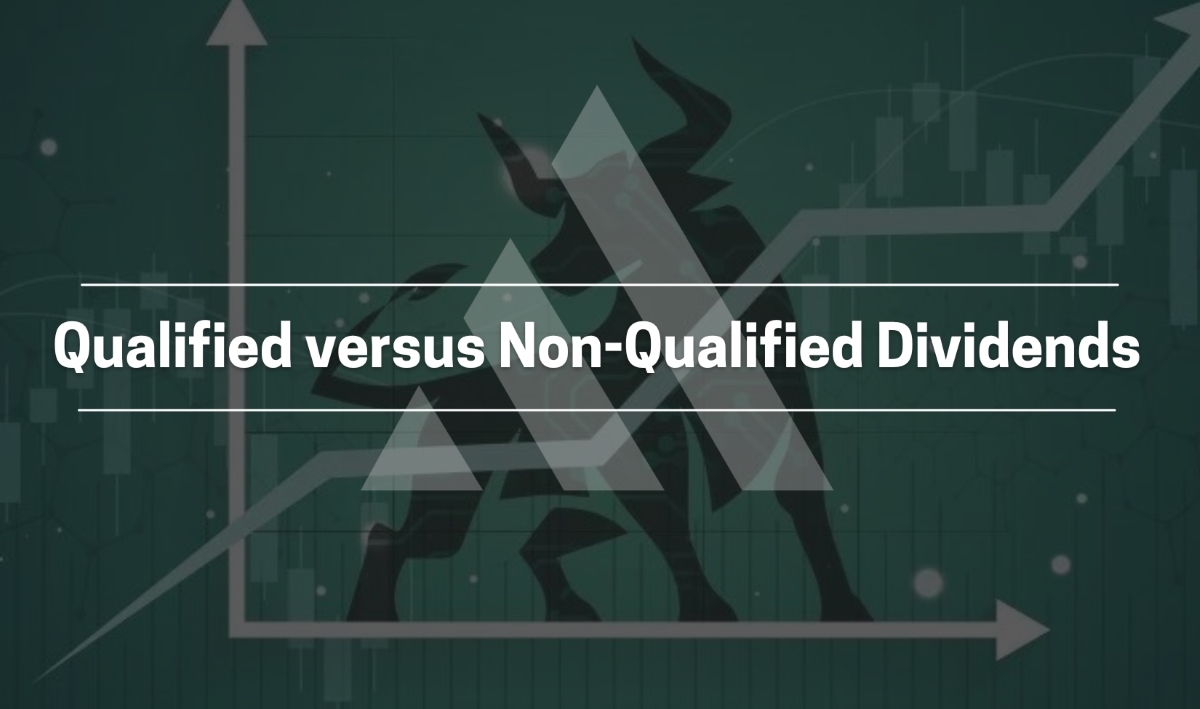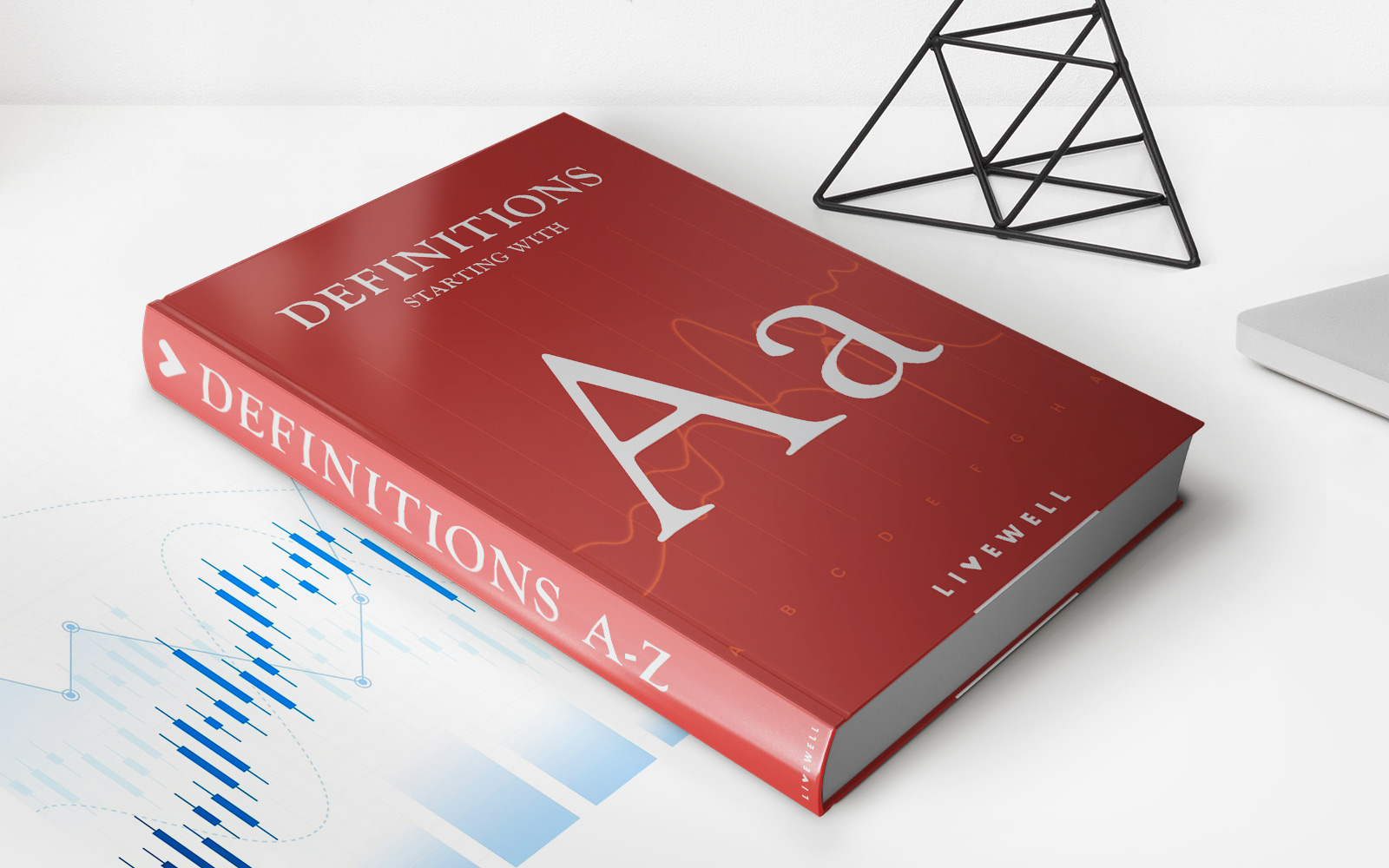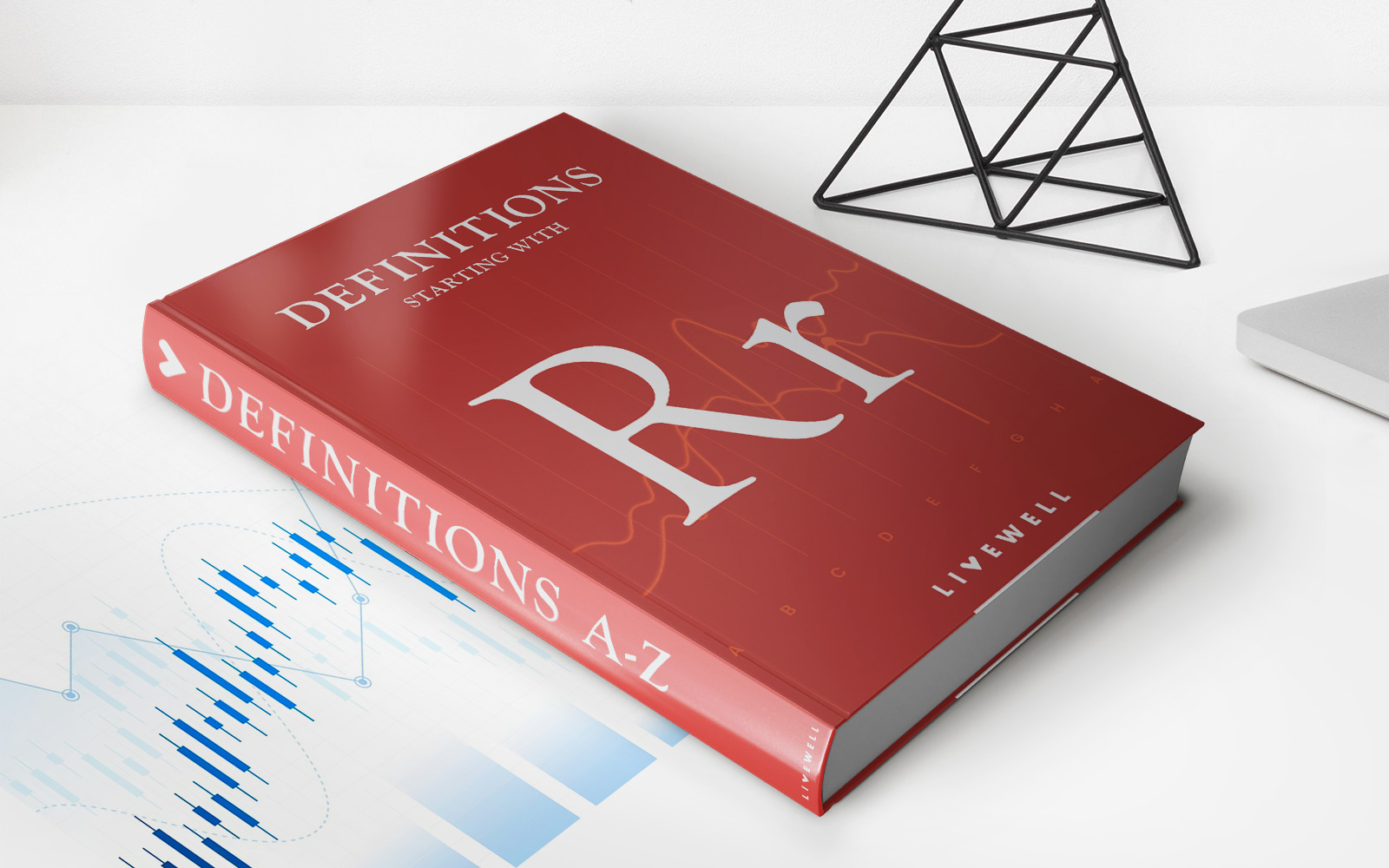Home>Finance>Non-Qualifying Investment: Definition, Examples, Taxation


Finance
Non-Qualifying Investment: Definition, Examples, Taxation
Published: January 1, 2024
Find out what non-qualifying investment means in finance, including its definition, examples, and taxation. Understand how it affects your financial planning.
(Many of the links in this article redirect to a specific reviewed product. Your purchase of these products through affiliate links helps to generate commission for LiveWell, at no extra cost. Learn more)
Understanding Non-Qualifying Investments: A Comprehensive Guide
When it comes to personal finance, making informed investment decisions is crucial. While many individuals rely on qualifying investments such as retirement accounts and education savings plans, there is another category of investments known as non-qualifying investments. In this blog post, we will delve into the definition, examples, and taxation of non-qualifying investments.
Key Takeaways:
- Non-qualifying investments are those that do not offer tax benefits or special treatment under certain investment programs.
- Examples of non-qualifying investments include individual stocks, cryptocurrencies, and precious metals.
What are Non-Qualifying Investments?
Non-qualifying investments, as the name suggests, do not meet the criteria to benefit from special tax advantages or treatment. Unlike qualifying investments such as 401(k) plans or IRAs (Individual Retirement Accounts), non-qualifying investments do not offer specific tax incentives or contribution limits imposed by the government. Instead, they are subject to regular tax rates and do not provide any tax advantages.
Examples of Non-Qualifying Investments
Non-qualifying investments come in various forms and asset classes. Here are some common examples:
- Individual Stocks: Investing in individual stocks is considered a non-qualifying investment as it does not offer tax advantages like those provided by retirement accounts.
- Cryptocurrencies: Cryptocurrencies such as Bitcoin and Ethereum are also classified as non-qualifying investments as they do not fall under the purview of traditional investment vehicles.
- Precious Metals: Investments in gold, silver, and other precious metals, which are not held in qualifying accounts, are considered non-qualifying investments.
- Real Estate Investments: Rental properties and real estate investments held outside of specific tax-advantaged programs fall under the non-qualifying investment category.
- Collectibles: Collectibles like art, antiques, and rare coins are non-qualifying investments as they do not receive special tax treatment.
Taxation of Non-Qualifying Investments
Non-qualifying investments are subject to regular tax rates, which means any capital gains upon the sale of these investments are taxed at the applicable income tax rate. Additionally, dividends or interest earned from non-qualifying investments are also taxed as ordinary income. It’s important to note that the tax implications may vary depending on individual circumstances, consult with a tax professional or financial advisor for personalized advice.
In Conclusion
Non-qualifying investments entail investments that do not offer any specific tax advantages or special treatment under government-sponsored programs. Examples of non-qualifying investments include individual stocks, cryptocurrencies, precious metals, real estate investments, and collectibles. It’s essential to understand the tax implications associated with these investments to make informed financial decisions. Remember, consulting with a financial advisor or tax professional is always a wise step when navigating the complexities of the investment landscape.
Key Takeaways:
- Non-qualifying investments do not offer tax benefits or special treatment under certain investment programs.
- Examples of non-qualifying investments include individual stocks, cryptocurrencies, and precious metals.














